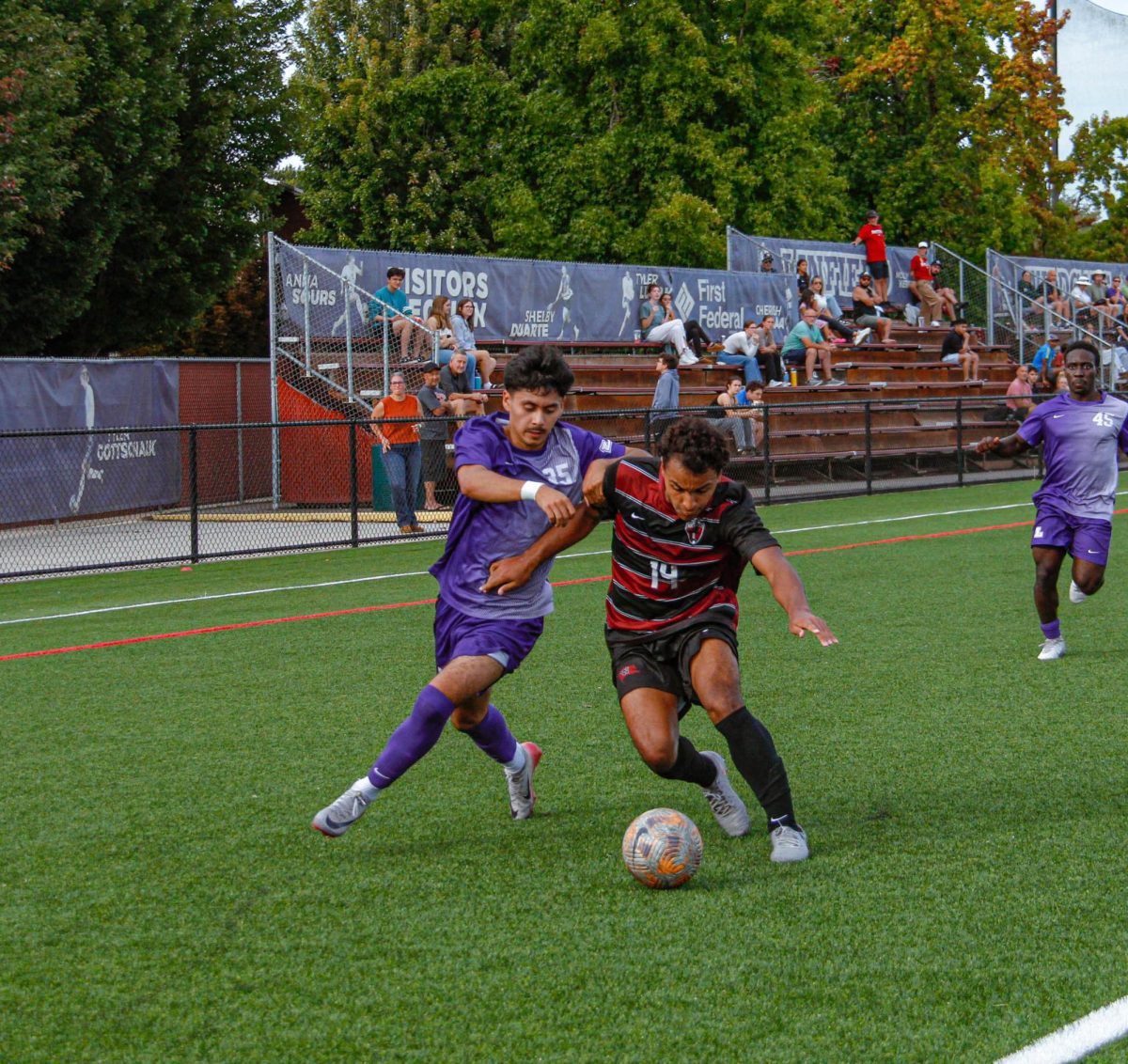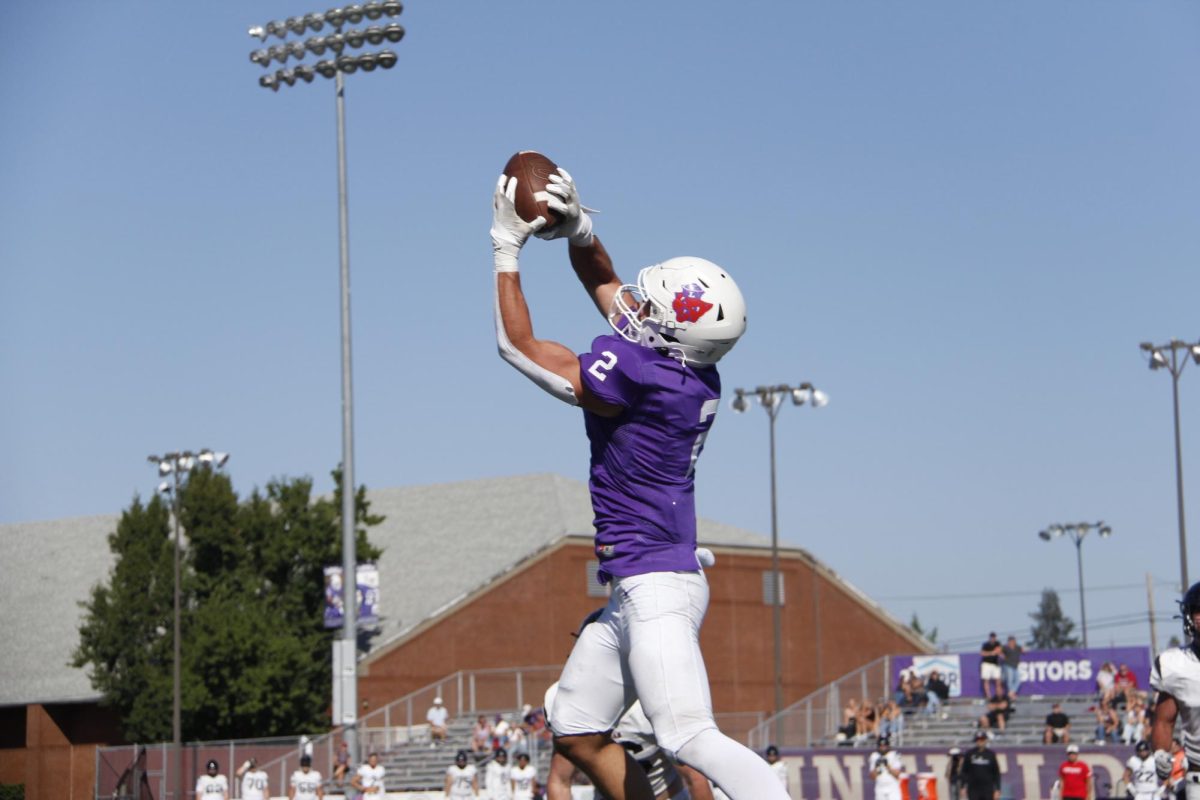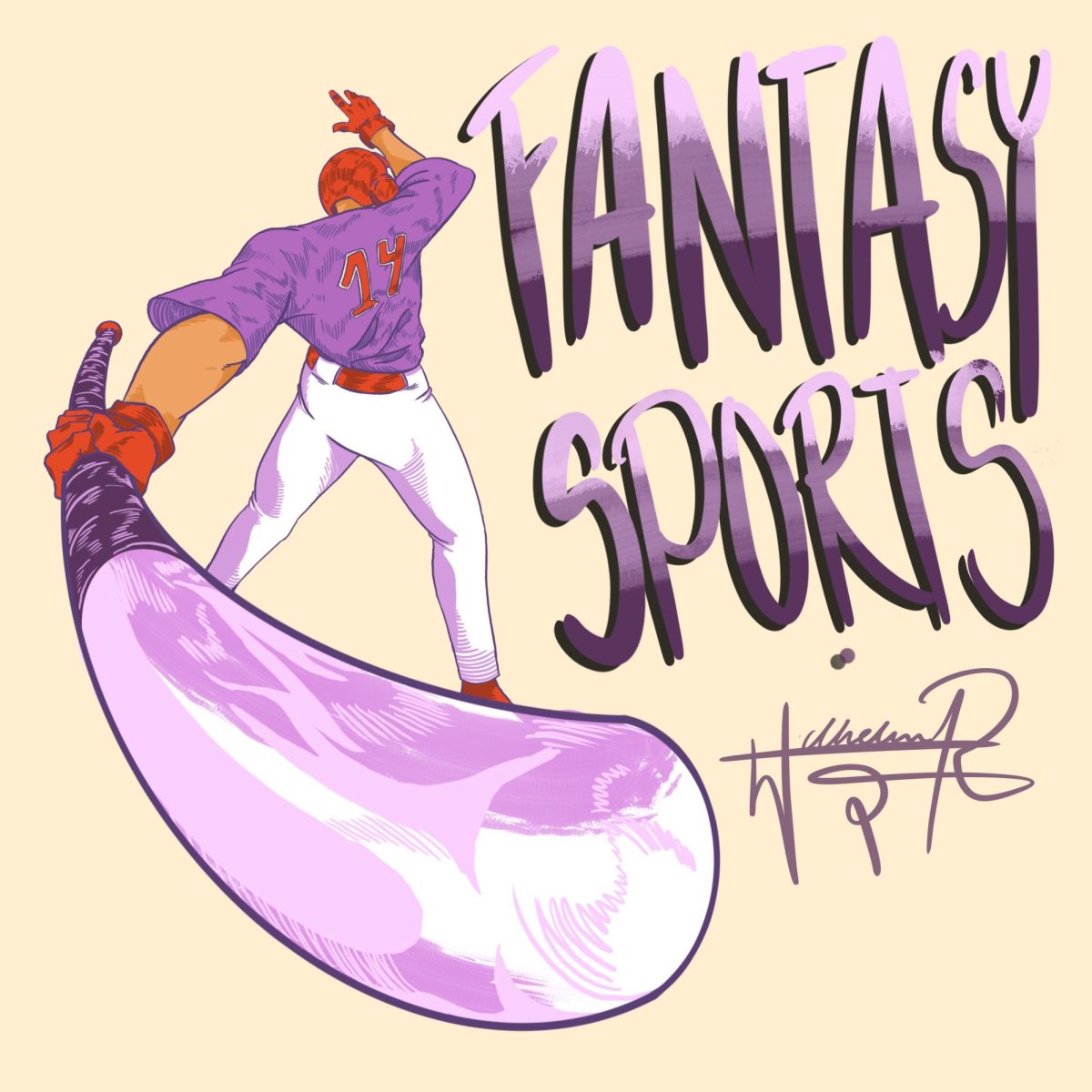Hey ’Cats. After two years of being blessed with a weekly column in The Linfield Review, time constraints are finally catching up to me. With two stressful, busy semesters on the horizon for my senior year, I had to finally acknowledge that there are only so many hours in the week.
Hence, this is the last column I’ll ever write for the Review. Some of you might find it sad, but mostly, I expect jeering remarks across Facebook and online from those who I’ve somehow offended in the last two years. If that’s what you wish to do, so be it, and I don’t bear you any ill-will.
Two years seems like a pretty long time, but in the grand scheme of things, it really isn’t. That’s only about 24 football games, 100 softball games and a dozen or two track meets. Life seems shorter when you measure it in games rather than days and weeks, doesn’t it?
In the span of those games, I’ve learned a lot about Linfield’s rich sports culture, and it’s through writing this column for the Review that I was able to identify something rather interesting that I was only able to put my finger on as early as last Friday.
Theatre arts professor Janet Gupton, a mentor and role model to me, made a peculiar comment while discussing a theater alumnus that has been openly gay for many years. She said that Linfield wasn’t always the easiest place for members of the GLBT community, which baffled me. Linfield is a small, private liberal-arts college in the middle of Oregon. Everything about this place, from the accepting faculty, to the many green initiatives, to the liberal flavor of Linfield’s culture would at face value seem to be a welcoming and supporting environment for such people.
Despite the attempts of Linfield public relations to pitch our beloved college as epitomizing the liberal arts experience, that’s really not what Linfield is at its core. Because alongside all these proclamations of the joys of the liberal arts education there exists a deep-seeded, deeply entrenched sports culture that lives in constant combat with these values and ideals. Linfield is, to put it bluntly, a college in crisis.
I don’t mean to say that these two different groups are universally mutually exclusive, but it doesn’t take a genius to see that the world of sports and the world of the liberal arts have some glaring differences in core fundamentals. Consider the GLBT community and its relationship to sports programs. Do you really think that a homosexual male athlete is going to be welcomed by every single one of his teammates with open arms? How often are the words “faggot” and “homo” used as trash talk among “the guys?” I can’t say with any expertise that such language is used in locker rooms at Linfield, but I can say that I hear it pretty often from athletes around campus in casual conversation. That’s not uncommon in the world of male sports, but for a private liberal arts college it’s appalling.
And what about the idea of the role of the press? In a liberal arts setting, journalism by students would strive to achieve levels of excellence and accuracy akin to a professional publication. This means reporting the truth, whether people want to hear it or not. Yet at Linfield, I wrote one critical column last spring that caused a firestorm of hateful speech on the Internet.
For daring to presume that the softball program isn’t perfect, I was advised by one player to stick to things a theatre major is good at, such as “chess or math team.” Other students went further, saying I ought to stick to “watching Harry Potter” and “jacking off.” Athletes from other sports joined in recently, with one graduated football player saying to me online that “Dude, you need to figure out that whole writing in a school newspaper thing…dogging on your own team isn’t really the way to go.”
It’s true that history and success breed many positive words, which each program absolutely deserves when their achievements on the field merit it. However, in a sports-centric college environment, athletes fall into the trap of feeling that they are entitled to nothing but glowing reviews from their student publications due to their consistent success and rich history. This is of course nonsense but explains the hateful speech directed my way after that column more than a year ago. In a sports-dominant culture, this kind of thing would make sense: attacking someone who undermined one of the school’s programs. In a liberal arts setting, not so much.
While that attitude is playing out among athletes on the field, the Review continues to strive toward the liberal-arts ideal of honesty and professionalism. It’s a minor miracle a major mess like this didn’t happen far sooner, because with two vastly different mindsets rooted in different student groups, this tension is always bubbling right below the surface, ready to burst when somebody like me stirs the pot.
These are only two examples of the greater problem I’m trying to get at, but I hope it illustrates the point well enough. Linfield is not really the liberal arts experience it’s billed as, nor is it only the rich sports culture. The two halves can co-exist well enough for a time, but every so often when something emerges that seems jarringly out of place in one culture or the other we’re reminded that maintaining balance among them is not an easy task.
To be honest, I don’t think we’ve done it yet. Neither sports nor the liberal arts deserves a universal claim to define Linfield’s culture, no matter what each may think, and both have concessions to make in order to achieve a more cohesive, balanced college experience.
Hopefully the next generation of students and athletes can succeed where we have yet to. Until such a time comes, Linfield remains a college with a glaring identity crisis.
_________________________________________________________________________________________
Chris Forrer/Sports columnist
Chris Forrer can be reached at [email protected].






